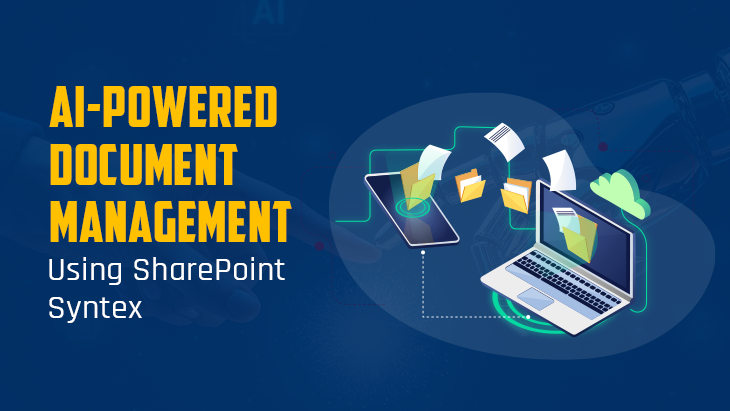MongoDB is the most commonly used NoSQL database worldwide. This flexible, easy-to-use platform has been downloaded more than 325 million times. Its popularity comes from versatile features. There are many ways to optimize databases, customizing the experience for each user's needs.
If this is your first MongoDB deployment, there is much to learn before starting. For intermediate users, there may be various nuances to discover. Here are some tips to help you become skilled in MongoDB.
MongoDB Updates
Do not use an outdated MongoDB version without the latest security patches. Always opt for the most recent release. Ensure you are using a MongoDB version that is ready for production deployment.
Authorization and Authentication
Enable authorization and authentication to prevent data breaches. If authentication isn't set by default, turn it on. Safeguard your entry points. Set up a system with usernames, passwords, and access control. Work from the main admin account you created.
Back Ups
As reliable as MongoDB is, it's still recommended to back up your data frequently. This means you can always restore data from an earlier moment if an unplanned event occurs and negatively impacts your database.
Indexes
Indexes optimize query performance. They are vital for the user. Identify frequently queried fields and create indexes accordingly to aid in data retrieval.
However, be careful what you index. Indexing increases storage costs and slows write operations. Think about which fields require indexing. Avoid creating too many. Also, ensure that your queries leverage the indexes rather than not using them or using the wrong index. Do this with .explain().
MongoDB Replication
A replica set is a group of MongoDB processes that maintain the same data on all nodes used for an application. Replication provides a high level of fault tolerance when disaster recovery is required. Check the health of your replica set using either rs.status() or, for a formatted report of the replica set, rs.printSecondaryReplicationInfo().
Optimization
Inefficient databases are problematic. While you may upgrade and throw money at a problem, it's recommended to optimize it first. Look at the underlying issue or bottleneck. Look at ways to alter the implementation for better resource performance. As you upgrade repeatedly, if you do not address the underlying problem, it will likely continue to occur now and in the future.
More Hardware
You will want to monitor server capacity as you become more familiar with MongoDB. Your database will surely grow, and at some point, adding more RAM, I/O capacity, or CPUs to handle processing will be necessary. Know when.
Aggregation Pipelines
Master how to use aggregation pipelines for data transformation, aggregation, and analytics. By weaponizing aggregation pipelines, complex operations on extensive data sets are performed more efficiently.
Data Integrity Checks
Validate data types to ensure MongoDB's specific data type requirements are met. If you're about to enter a data type MongoDB does not support directly, you can preprocess the data before insertion. Convert and insert them into the database.
Projections
Do not overuse projections. When data is fetched from a database, projections should be used to retrieve only the necessary fields. This reduces network overhead, among other advantages.
Document-Specific Identifiers
MongoDB automatically generates a unique _id for each document. While this is helpful, it is recommended that certain entities use document-specific unique identifiers. For example, a record can be made using a unique symbol to enhance database query efficiency.
Duplicate Records & Unnecessary Queries
Before updating or inserting data, check for duplicate records in your database. Maintain data integrity and avoid redundancy.
In addition, minimize unnecessary operations and limit database queries. This is crucial to optimizing application performance. If your code requires data from the same database multiple times, query the database once and create a master data frame from it. This new data frame can serve as your central data source.
Reusable CRUD Wrapper
Create, Read, Update, Delete – or CRUD – are performed on documents in your MongoDB database. Streamline these interactions with a reusable CRUD wrapper. This is a cleaner, more maintainable way to interact with your database.
Text Search
Only use $regex queries when necessary. Regularly executing $regex can harm search operations, especially with an extensive database. It takes a lot of CPU, and $regex is slow and inefficient overall. Whenever possible, solve the query by text search. Restrict $regex queries to cases where necessary.
Caching
Using caching systems reduces query load by storing frequently accessed data. This assists application performance. It's an easy and smart way to optimize MongoDB.
Rate Limiting
Prevent abuse. Maintain resource fairness. Apply rate limiting to API endpoints interacting with MongoDB.
















Post Comments